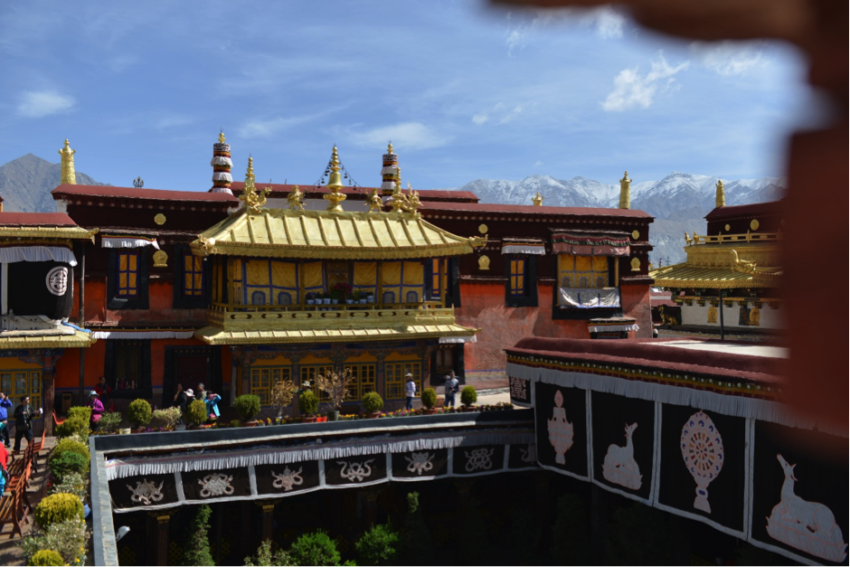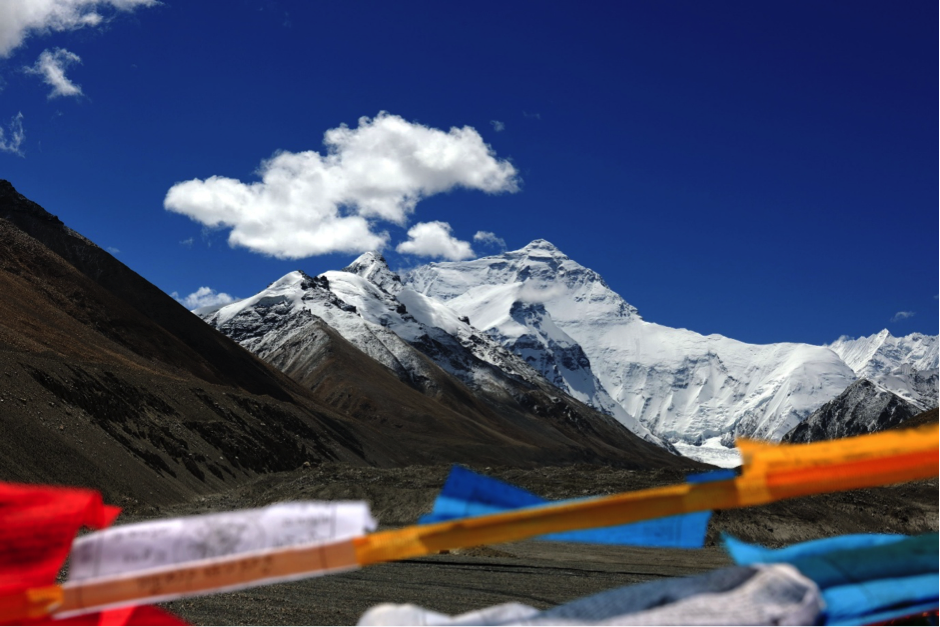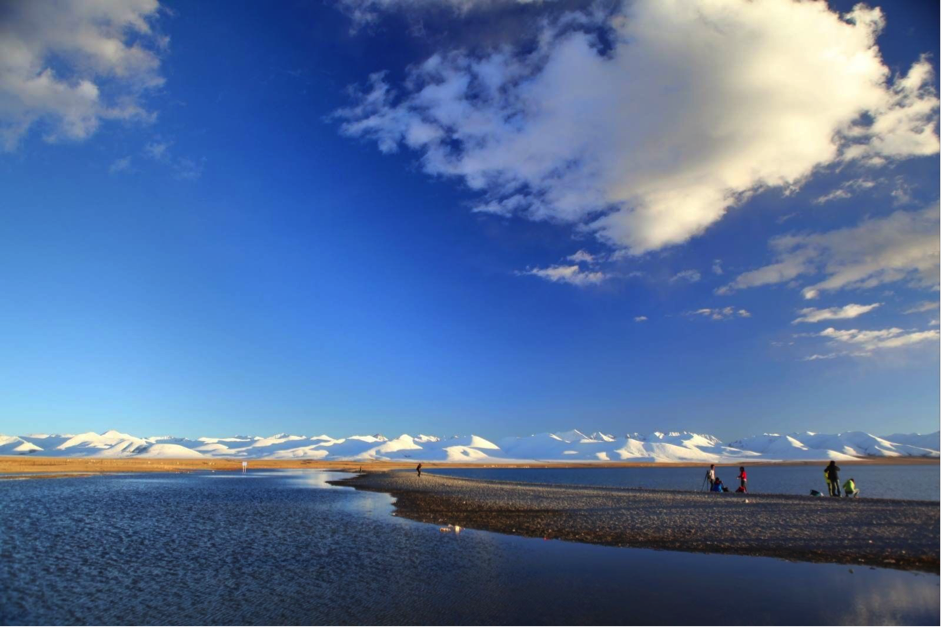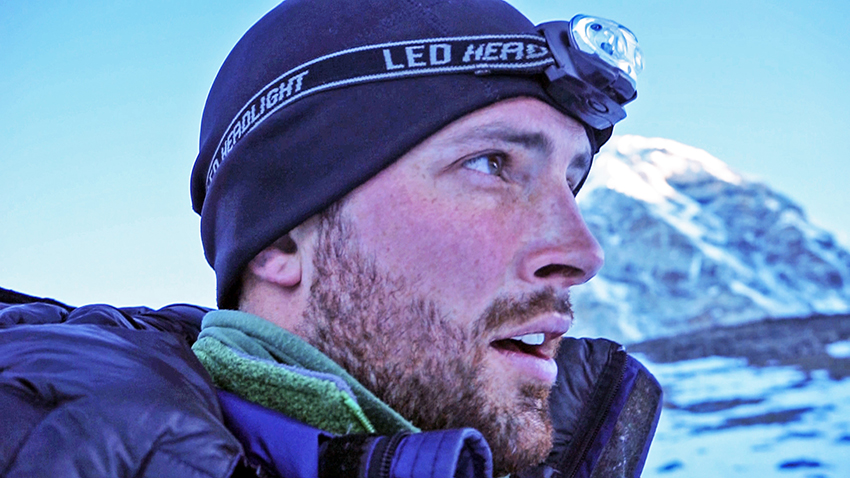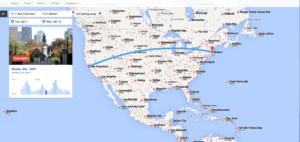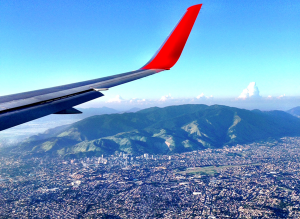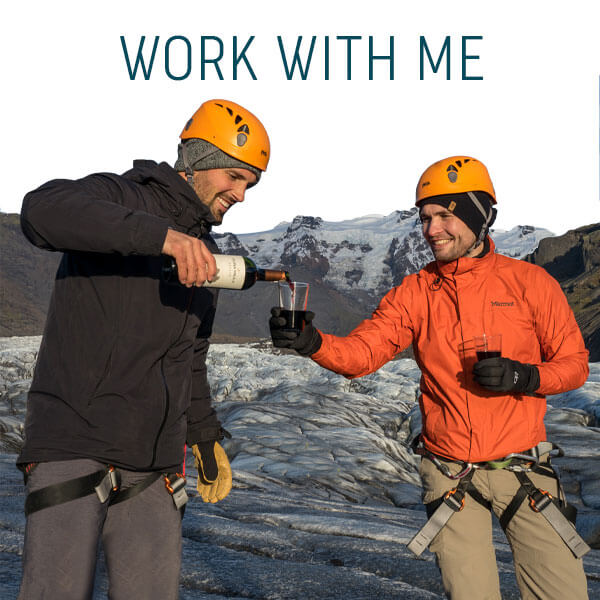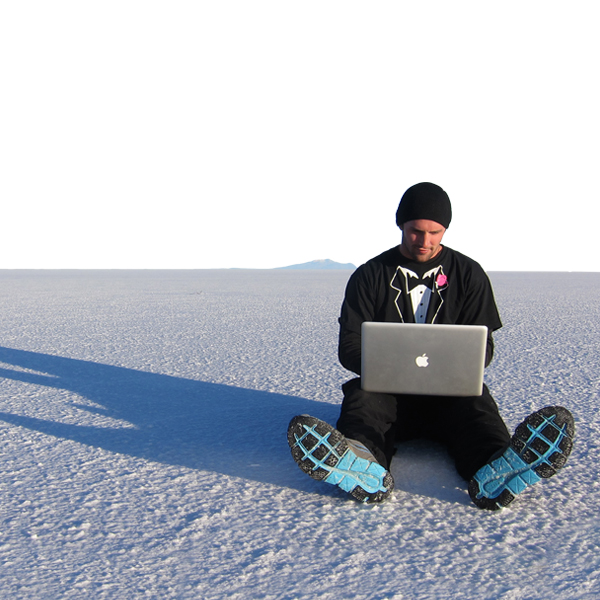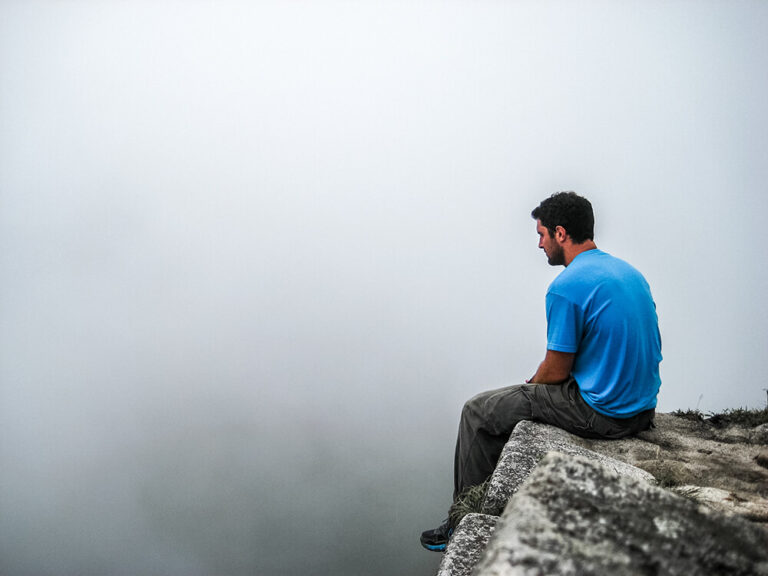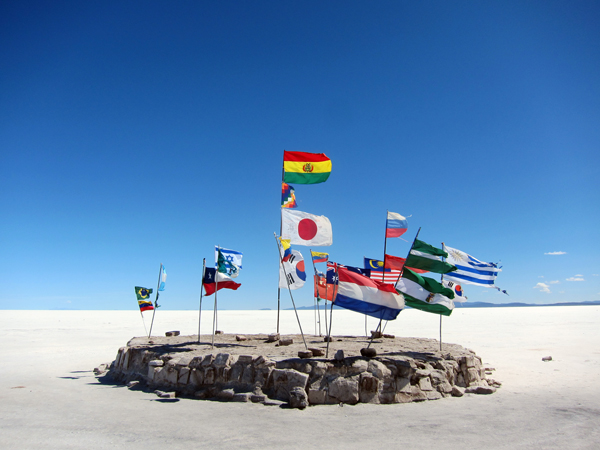Bounded by mighty Himalayan range in the South West and Thanggula ranges in the north, Tibet spans world’s highest and largest plateau. Tibetan Plateau has average altitude of 4,000 meter and the alpine terrain conditions are severe and dry. The unique environment carved a unique culture in Tibet with a strong influence on the daily life. Tibetan Buddhism is also shaped by the culture and ancient animistic beliefs. Combine these three and condense them in a small area: you will get the 1,300 years old ancient capital Lhasa and Shigatse, the second largest city in Tibet.
For first timers to Tibet, Lhasa and Shigatse are must visit, which also suits for travelers who are planning a budget Tibet tour. Both of the cities are culturally and historically significant and offers the best places in the entire plateau to immense yourself into magnificent and equally mystic Tibet culture.
Lhasa means “Land of Gods” and the city lives up to its name. The city and surrounding area has some of the most iconic and magnificent spiritual centres in Tibet such as Jokhang Temple, Potala Palace, Barkhor Street, Norbulingka Summer Palace and Drepung Monastery. Although the western part of Lhasa looks more like a modern and typical Chinese city, the eastern part of the city, near the Jokhang Temple and Barkhor neighbourhood, offers the best Tibet cultural and culinary experiences.
Potala Palace is one of the most iconic buildings on the planet and is the religious and political centre of old Tibet. This majestic building was once the winter palace for Dalai Lamas and now houses many rare cultural relics like the gold hand-written Buddhist scriptures and valuable gifts from the Chinese emperors as well as priceless antiques.
Jokhang Temple houses the most sacred buddha statue in Tibet, Jowo Shakyamuni. Tibetans consider Jokhang Temple as the most sacred and important temple in Tibet. Barkhor Street surrounds this important temple and is the heart of Tibet culture where you can see many shops, pilgrims and locals on circumambulation around the temple.
Shigatse is the second largest city in Tibet and is an important gateway to more rural parts of Tibet. The city itself is a significant trading and cultural center with some very important monasteries of Tibet like Tashilhunpo Monastery.
10 days Lhasa—Gyantse—Shigatse—EBC—Lhasa—Namtso—Lhasa Tour
As Lhasa and Shigatse are must visits for 1st timers in Tibet, a good Tibet tour visiting these two important cities as well as some very important Tibet sightseeing would offer the best Tibet experience. Our 10 days tour covers Lhasa—Gyantse—Shigatse—EBC—Lhasa—Namtso—Lhasa and enables our clients to visit the must-see attractions and a very enjoyable tour experience.
Our tour starts with a few days acclimatization and sightseeing stay in Lhasa and let’s our clients to visit the top highlights of the ancient capital like Potala Palace, Jokhang Temple and Barkhor Street.
Next major stop after leaving Lhasa is Gyantse, once the third largest and most prominent town in the Tibet region after Lhasa, and Shigatse. This small town now is not even in top 10 but still houses some important sightseeing like Gyantse Dzong or Gyantse Fortress (the best preserved dzong in Tibet), a magnificent tiered Kumbum of the Palcho Monastery, the largest chörten in Tibet.
On your way to Shigatse, you will also have a chance to visit Yamdrok Tso Lake. Yamdrok Tso Lake is one of the three largest sacred lakes in Tibet. This 72 km (45 mi) long fresh water lake is surrounded by many snow-capped mountains and is fed by numerous small streams. Yamdrok Lake is one of the four “Great Wrathful Lakes” guarded by the goddess Dorje Gegkyi Tso. This lake is so important that according to the Tibetan belief, if it dries, Tibet will no longer be habitable. The lake is on Friendship Highway S307 (the highway connecting Nepal to Tibet) and you can have a panoramic view of the lake from the road.
The next step is Shigatse. Thashilhunpo Monastery here is the seat of the Panchen Lamas and houses a huge gilded bronze Buddha statue. Shigatse is the most important farming area in Tibet and has a very beautiful landscape. The area also offers a good experience of Tibetan rural life.
Another must visit for first-timers in Tibet is Mount Everest. You would probably be not able to climb to the top of this gigantic rock but you can have magnificent views of it in Everest Base Camp. This is one of the two Everest Base Camps (the other one is in Nepal) and is used – well – as a base camp to climb to Everest. If the weather is good, you can have magnificent views of Everest from here or the Rongbuk Monastery nearby, the highest monastery in the world. The monastery also provides accommodation and has a small restaurant.
From EBC, you will go back to Lhasa and the next day you can head to Namtso Lake, one of the most sacred holy lakes in Tibet. Like the other important alpine lakes, Namtso Lake and its surrounding area is beautiful and surreal. But these lakes, like many mountains in Tibet, are considered sacred by Tibetans and are important pilgrimage locations.
Namtso Lake is surrounded by snow-capped mountains and open grassland, dotted with yak herds and local nomads. Its name means Heavenly Lake and you will understand why it is named like this when you visit the lake. This salt water lake is the largest lake in the Tibet and the highest saltwater lake in the world. The lake has a magnificent view of the surrounding mountains over its turquoise waters and especially offers fantastic sunrise and sunset view.
Namtso Lake has five uninhabited islands of reasonable size. Like the hills around the lake, these islands have been used spiritual retreat by pilgrims who walk over the lake’s frozen surface at the end of winter.
Best time to take this tour is the tourism season of Tibet between May and October. August is the peak season and can be crowded and July is pretty rainy but still offers a very suitable weather condition for such a tour.
You should properly be acclimatized in Lhasa before starting this tour to avoid altitude sickness. This sickness can ruin your Tibet visit if it is severe enough so you should avoid excess physical activity in your first days or in higher altitudes like Everest Base Camp.
The weather in some areas, especially in the night can be very cold and windy. You should bring warm clothes, especially for Everest Base Camp and lakes.
And last but not the least, a good tip will be giving a chance to signature Tibetan food and beverages. Tibetan butter tea, tsampa, Tibetan momo, yak meat and Tibet yogurt are some must try delicacies. There are many nice and comfortable restaurants and tea houses near the Jokhang Temple and all around historical centre of Barkor for you to try these foods.
Summary
For 1st timers, ancient capital Lhasa and second largest city Shigatse are must visit and you should spend reasonable time to immense yourself into Tibet culture and traditional life in Tibet. Our 10 days tour covering these two cities as well as some important rural attractions in Tibet (like Everest Base Camp and Namtso Lake) will not only allow you to experience Lhasa and Shigatse in the best enjoyable way, it will also give you a great experience of alpine environment of rural Tibet for your Tibet group tour.

